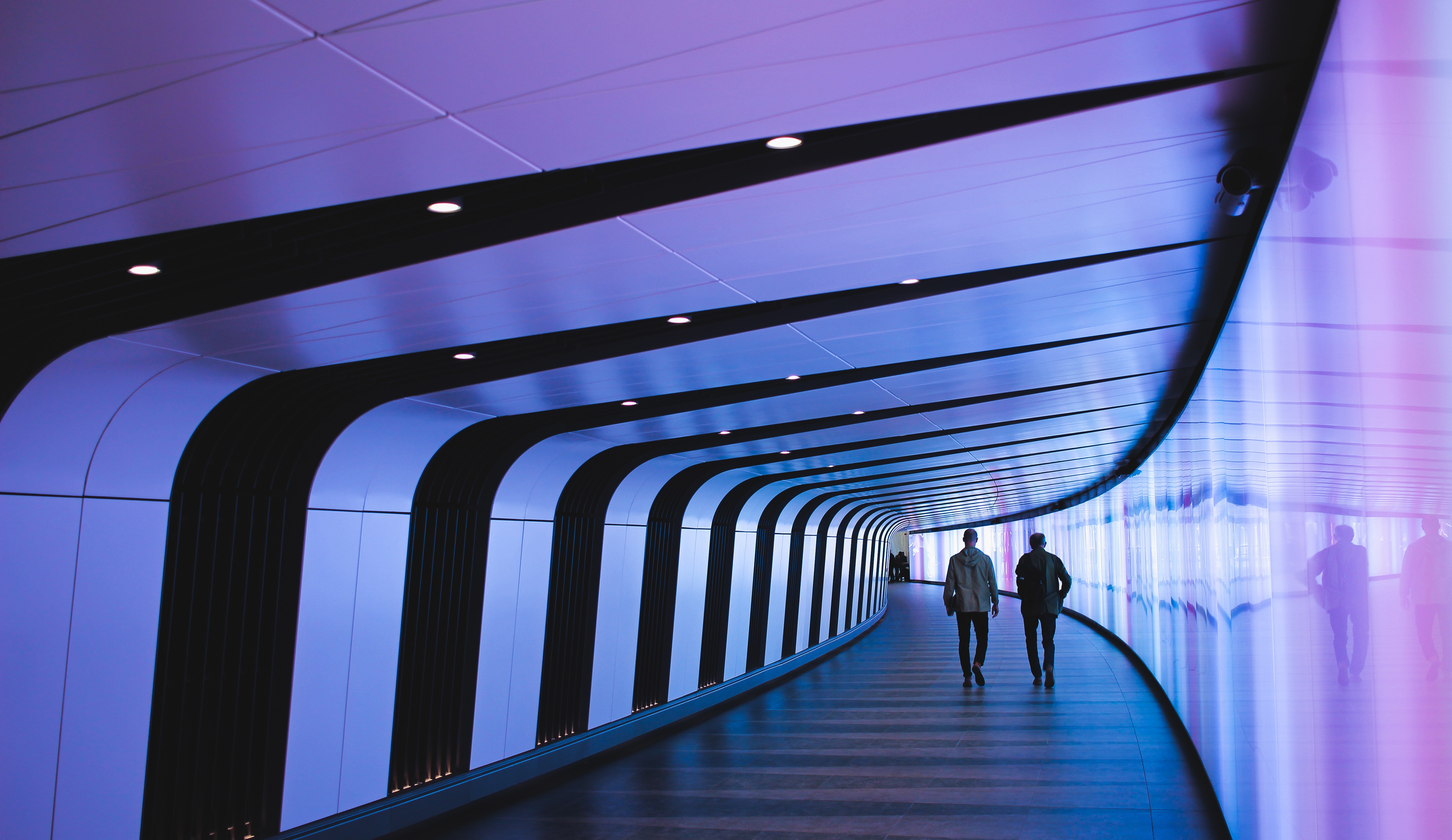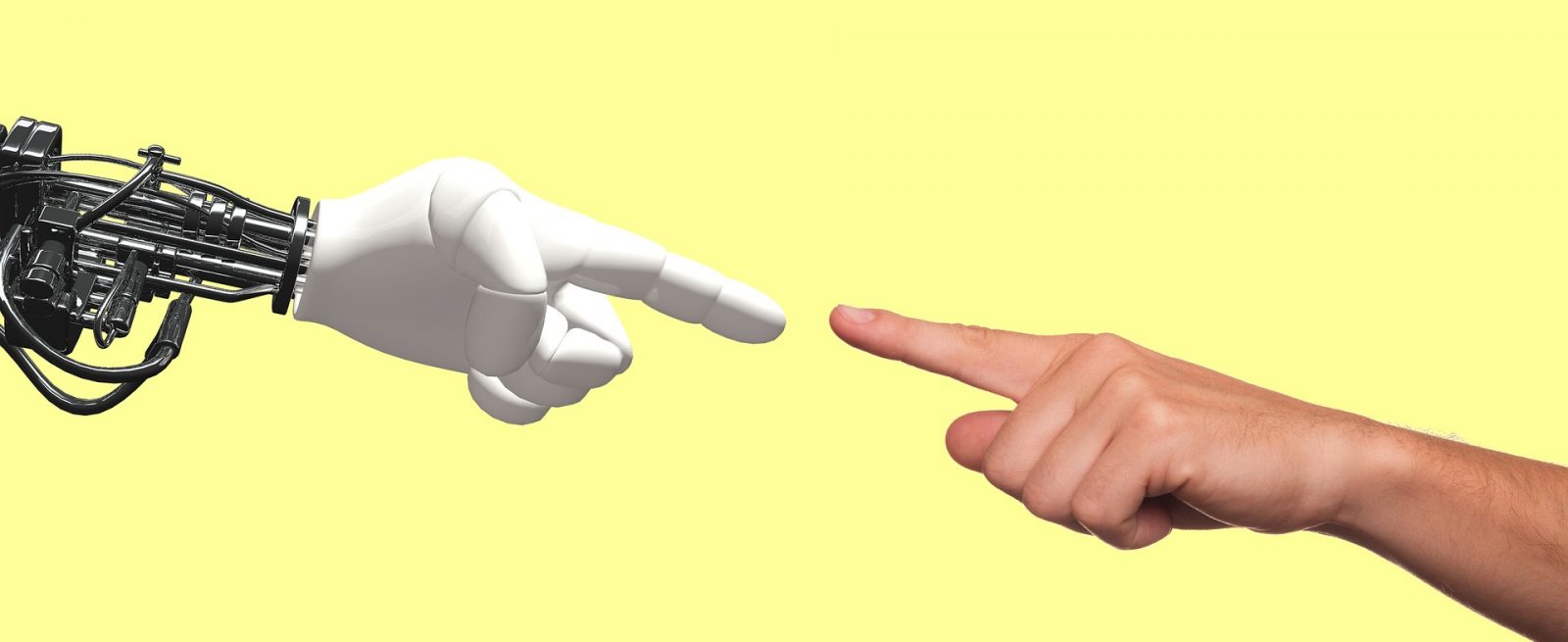Bionic Brick and Mortar: The Future of Main Street
6 Min Read By Nitesh Agrawal
The other day I was walking along a quaint Main Street when I was swiftly struck dumb. All the shops lining the street, from bars and restaurants to barbershops and professional services, could be doing so much more with available technology.
And not just in theory either. There are already scores of examples of companies with very standard offerings (think sandwiches and coffee) that are changing the Main Street customer experience by investing in technology.
So why aren’t all of these businesses doing the same thing?
Walking along that street, I started imagining it differently. I saw all of the shops not as struggling brick and mortar operations, but as potential “hybrids” so to speak. Ones that blur the line between an offline store and a tech company. And if these small businesses need an example to follow, there are two leaders already paving the way: Starbucks and Panera Bread Company.
I’ll start with Panera, because frankly, the story they have to tell about tech investment is jaw-droppingly inspiring.
Panera Bread is not a tech company, right? It makes delicious soups and sandwiches that humans physically consume. But here’s a number that throws some skepticism toward the idea that the restaurant isn’t a tech company: $2 billion (with a B) in digital sales.
At CNBC’s recent Productivity@Work conference, Panera CEO Blaine Hurst announced the company is on track to surpass $2 billion in annualized digital sales in 2018, making up one-third of all sales. That’s up from $1 billion in digital sales in the year prior.
Panera defines digital sales as any order that’s placed online, on a mobile device, or at an in-store kiosk, and this is where I’d argue that Panera is, in fact, a tech company. Think of everything that goes into creating that system! The back end functions, the processing, the innovation, the bugs, the maintenance, the trial-and-error learnings. So much. I help companies conceptualize and build innovative digital products for a living, and all this makes my head spin in the best way.
As the 'future of work' takes hold, digitizing your business will become easier, faster, and more affordable.
All told, those digital systems cost $150 million to build, and the digital transformation started back in 2014. At that time, Hurst expected to drive about 140,000 orders per week through the system. Fast forward to today, and it’s generating 1.4 million digital orders per week(!). That’s 900 percent more than what Hurst initially forecast.
My favorite part of Panera’s story is how fundamentally, it just makes sense. Hurst didn’t want to invest in technology just because he thought it was a good idea. He had a very specific problem he wanted to solve: Friction.
In a typical fast-casual take out restaurant like Panera, imagine all the areas of friction that exist. During a standard visit:
- You wait in a line
- You look around for a menu
- You read a large, static menu with limited time
- You place an order to an employee
- You pay
- That employee sends the order to the kitchen
- You wait
- An employee calls out your order and has to track you down
All that before you ever get your food. And at each step, there’s the possibility for friction, which can augment as the food order moves through the process, leading to delays and errors.
What did Hurst want to do? Remove the friction! How did he want to do it? Digital innovation.
With Panera’s system, you can choose from the menu at your own pace and in your own time. The order goes directly to the kitchen, and as soon as you walk in, it’s waiting for you. The process is more or less the same for in-store kiosks. Remove the friction, enhance the customer experience.
When you stop looking at tech innovation as something for Silicon Valley and start seeing it as a solution to basic problems every business faces, I think you’ll share the excitement I had walking down that Main Street.
And then there’s Starbucks, the darling of hipsters, investors, and tech innovators alike. And while there’s plenty to be said about every facet of the business, including its steadily rising share prices, can we please talk about its proprietary app?
The app was originally developed strictly for Rewards members in 2009, which by early 2018 made up about 15 million monthly users. However, that left 60 million monthly users unable to take advantage of the tech way to pay.
Once again, technology swooped in to provide a specific solution to a specific problem, and just a few months into 2018, Starbucks opened its app up to everyone.
And, just like Panera, the investment wasn’t strictly about driving higher revenues — It was all about the customer and improving their experience. By allowing anyone to use the app, Starbucks is now collecting data to feed artificial intelligence-powered systems that will provide serving suggestions based on a ridiculous number of factors, including time of day, order history, season, and even weather.
I love imagining it like this: You’re on a European vacation. It’s your birthday, and while walking around a historic city, you see a Starbucks. You walk to the counter, and the barista greets you with “Happy Birthday!” in your native language, and offers you 50 percent off that special, expensive drink you love, but only buy once a week or even month. That is unparalleled customer service never seen before.
And that’s an actual scenario Starbucks hopes to achieve.
To Starbucks CEO Kevin Johnson, all this is possible because there actually isn’t a distinction between tech and non-tech companies anymore.
“The digital companies and tech companies realize more than ever that there’s going to be one customer interface, and that interface is as important to a tech company to have a brick-and-mortar relationship as it is for a brick-and-mortar relationship company to have a digital relationship,” he said on an investor call in 2017.
But, can local businesses replicate the success of these massive brands?
Yes! That’s what drove my excitement as I was walking down the street. There’s no reason locally owned businesses can’t make the same tech investments as these international companies. All they have to do is identify a problem, and develop a solution.

Let’s look at a hypothetical scenario using a business just about every town has: A bar.
Problem: Generally low patronage, and extremely unpredictable busy periods.
This bar could use a proprietary app to:
- Send a limited offer to the user when he or she is within a certain proximity
- Alert users of “flash” happy hours
- Let patrons order without getting up from the table or flagging down a server
- Collect data and use it to refine operations and make them more lean
- Codify a referral network
Or anything else the imagination thinks up. And all of these solutions address the issue of lagging customer numbers.
Now, most bar managers would probably roll their eyes at this. I get that. But I’d urge them to think about it. Use their creativity, and imagine what could be. Because we’re in an incredible digital age where anything that could be, can be. And once you find the right tech team, anything that can be, will be.
At Indiez, we did a job for Domino’s that shows just how powerful a minor tech adjustment can be. Recently, the global food chain has been going through a digital transformation that, like Starbucks and Panera, has turned them into as much a tech company as a restaurant. Thanks to this push, the chain now has twice the market share of McDonald’s in Asia.
However, the company still found its digital experience was lagging behind newer food delivery services, such as UberEATS and GrubHub. We assembled a team of world-class designers and developers, and in six weeks, delivered a product with UX that led to a 10 percent drop in abandoned carts, resulting in a one percent increase in gross revenue. You can read about the entire project in detail here.
There’s the argument that Domino’s is huge and has endless piles of cash. Of course they have the freedom to invest in tech. However, it’s also never been easier for small, non-tech businesses like restaurants to connect with the world’s best tech talent.
As the “future of work” takes hold, digitizing your business will become easier, faster, and more affordable. Those restaurants who are aware of this and ready for the changes will certainly fair better in the long run, or as we say in the tech business, “future-proof” themselves.
Will your restaurant be one of them?


